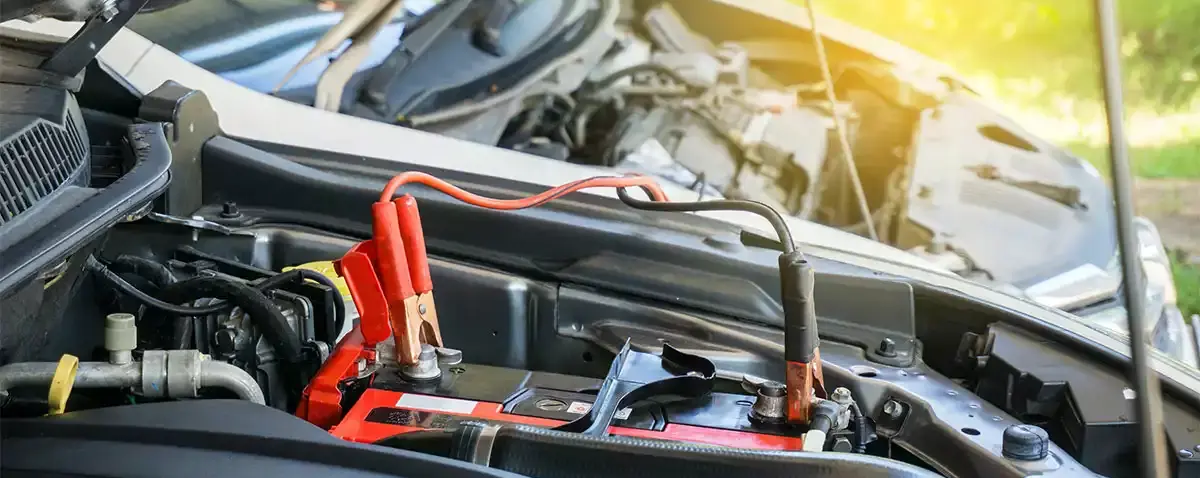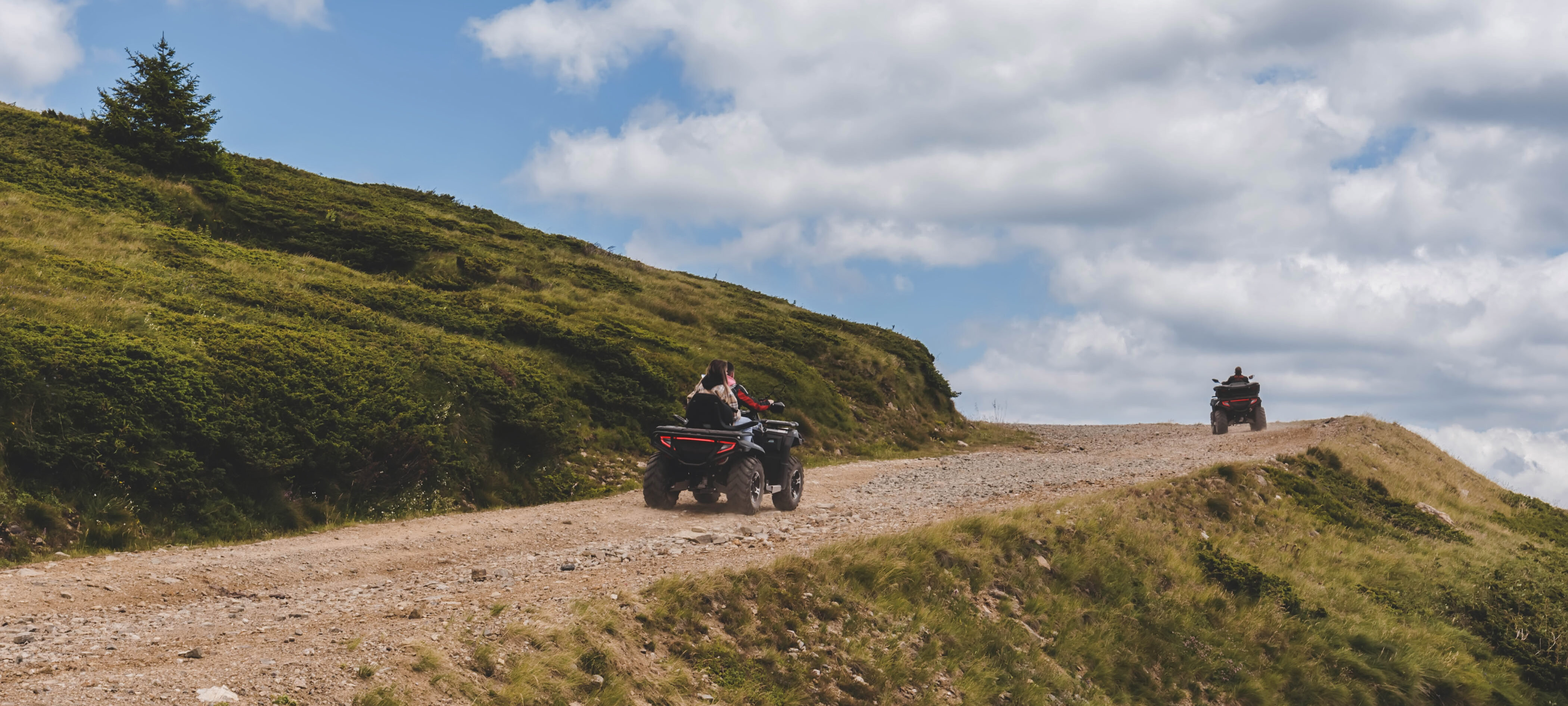Prepare for the Unexpected: How to Create an Emergency Kit for Your Car
A little preparation can be a lifesaver for you and your family when you’re on the road. Being prepared for unexpected situations is easy. Simply purchase or put together your own car emergency to ensure your safety and peace of mind, no matter where your journey takes you, whether it’s across town or across the […]
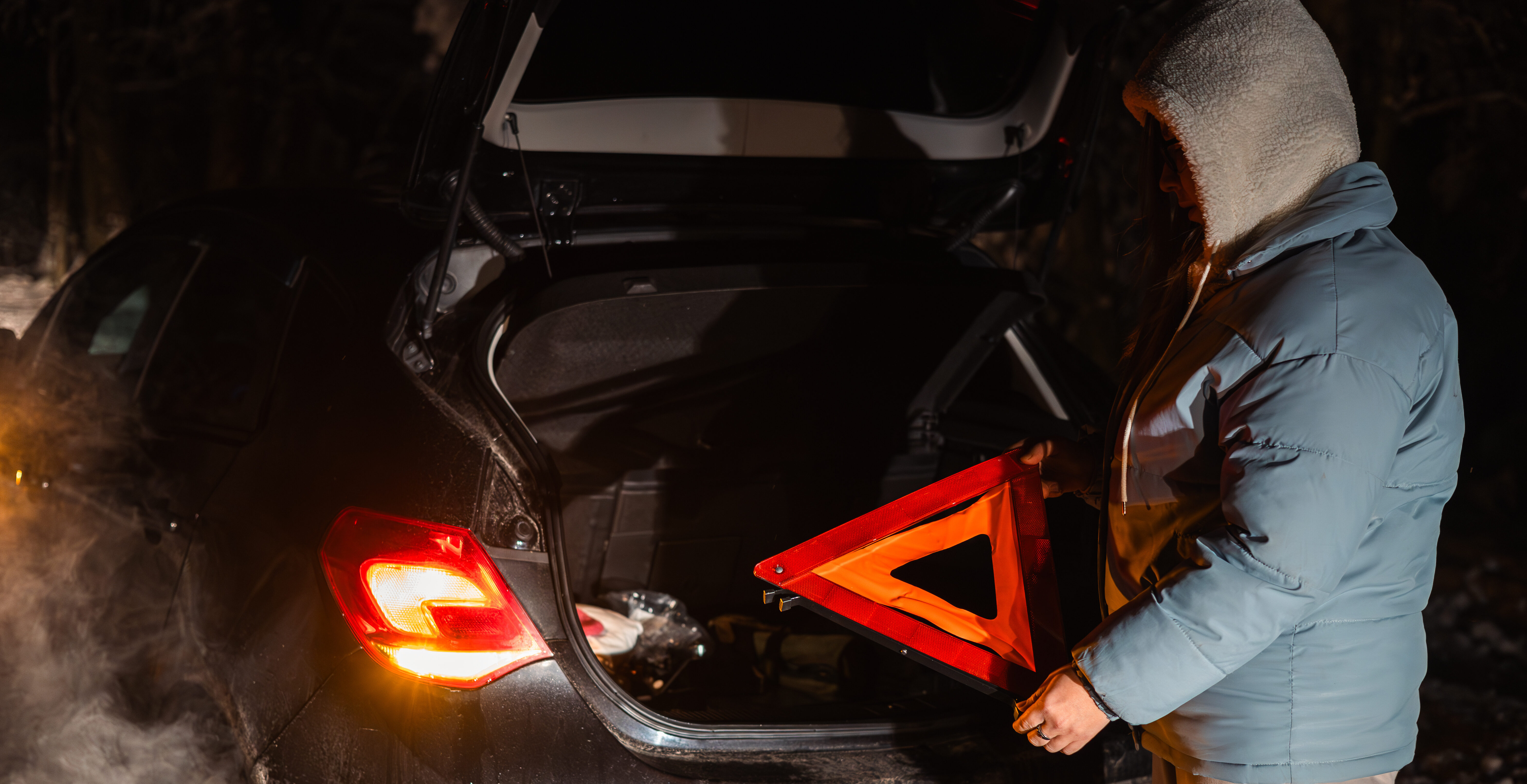
A little preparation can be a lifesaver for you and your family when you’re on the road. Being prepared for unexpected situations is easy. Simply purchase or put together your own car emergency to ensure your safety and peace of mind, no matter where your journey takes you, whether it’s across town or across the country. Here’s a guide to assembling a comprehensive emergency kit for your vehicle, with seasonal adjustments for winter and summer travel.
Essential Items for Every Emergency Kit

Portable Jump Starter: A portable jump starter, like the Schumacher Electric SL1674 is essential safety equipment for when your battery dies unexpectedly. It’s compact, powerful, and can even charge your devices with its integrated USB and wireless charging. Plus, it features a three-mode light with steady, SOS, and strobe settings for added visibility.
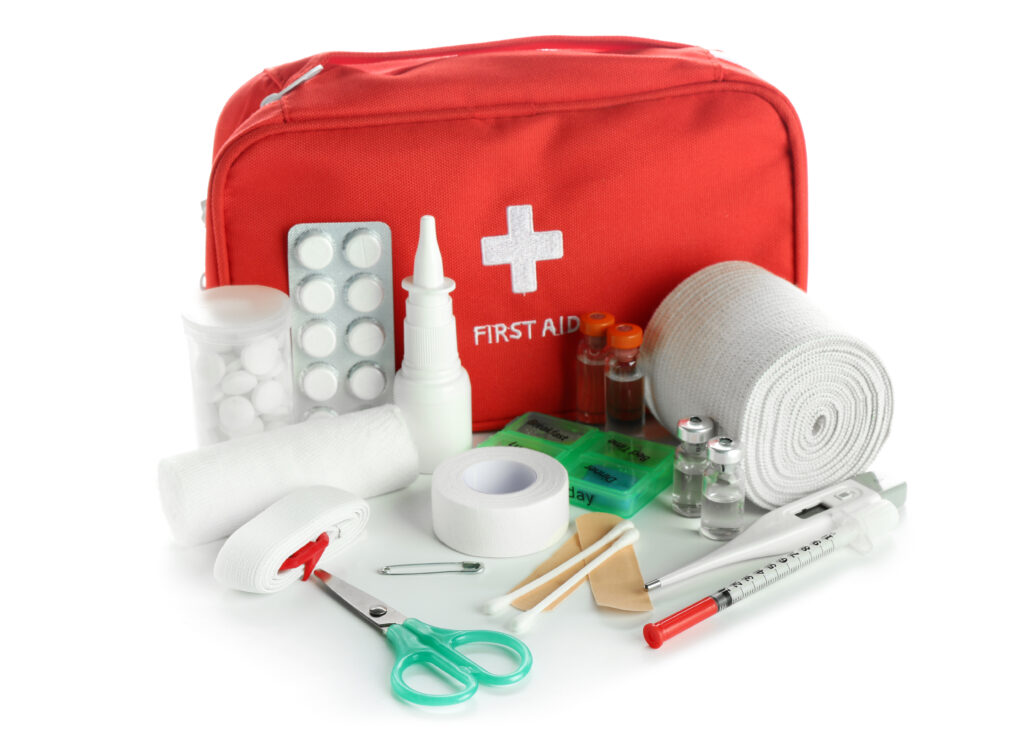
First Aid Kit: Your first aid kit should include bandages, antiseptic wipes, pain relievers, and any personal medications.
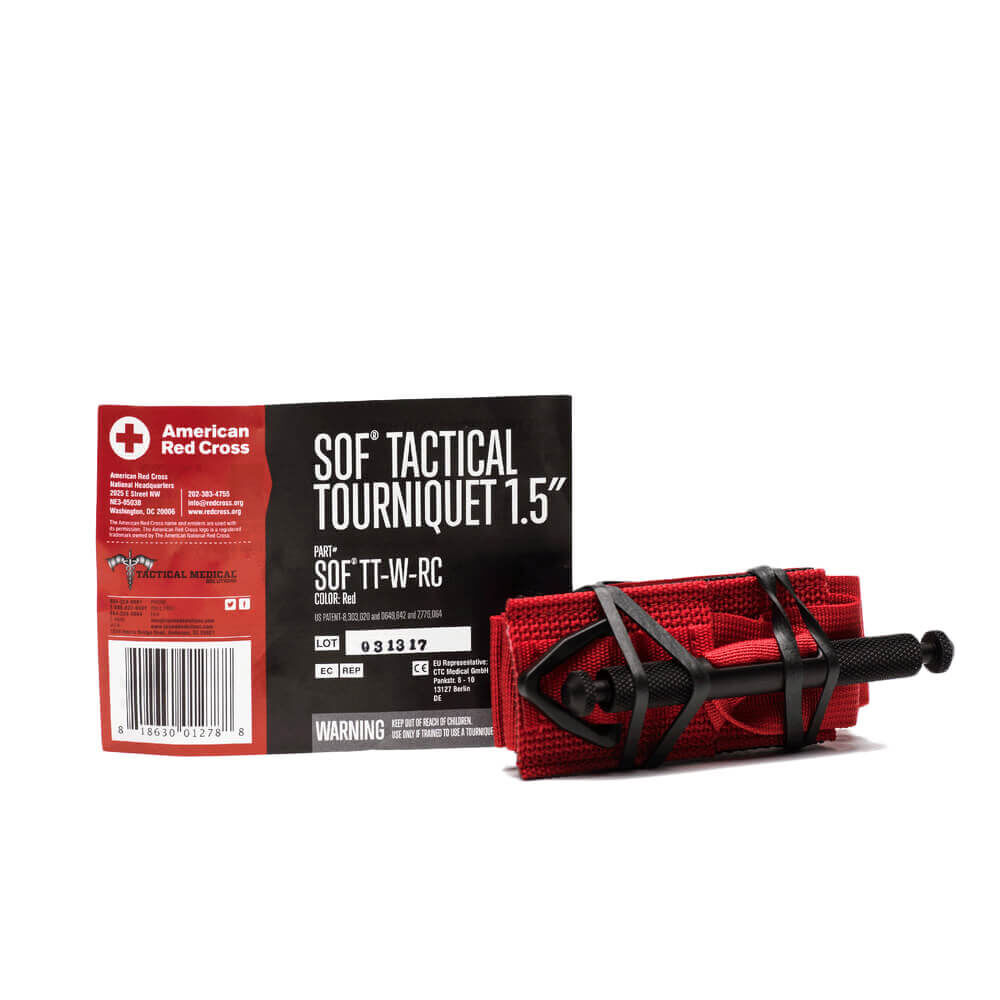
Tourniquet: A tourniquet might save your life or that of one of your passengers during an automobile accident. Although it is best if these are applied by emergency responders, there are times when seconds count. Having a tourniquet in your emergency kit could save a life. Take a first aid course or visit the American Red Cross for more information on how to correctly use a tourniquet.

Flashlight and Batteries: Add a rechargeable LED flashlight like the Schumacher Electric SL360RU or a battery-powered flashlight with extra batteries for reliable illumination during roadside emergencies.
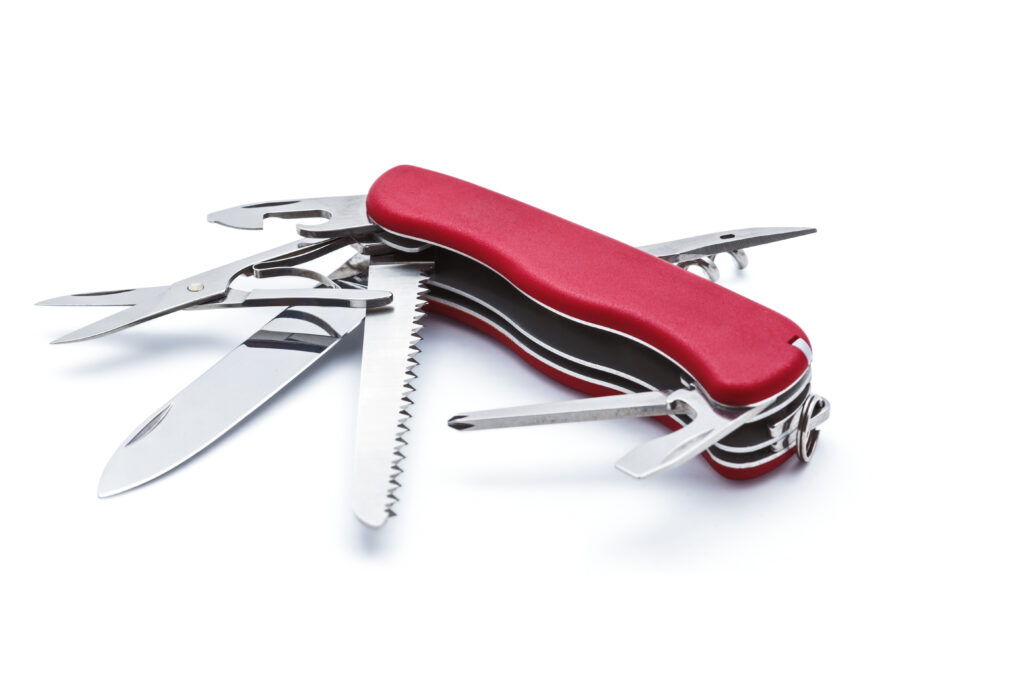
Multi-Tool or Swiss Army Knife: These are useful for a variety of quick fixes and emergencies.
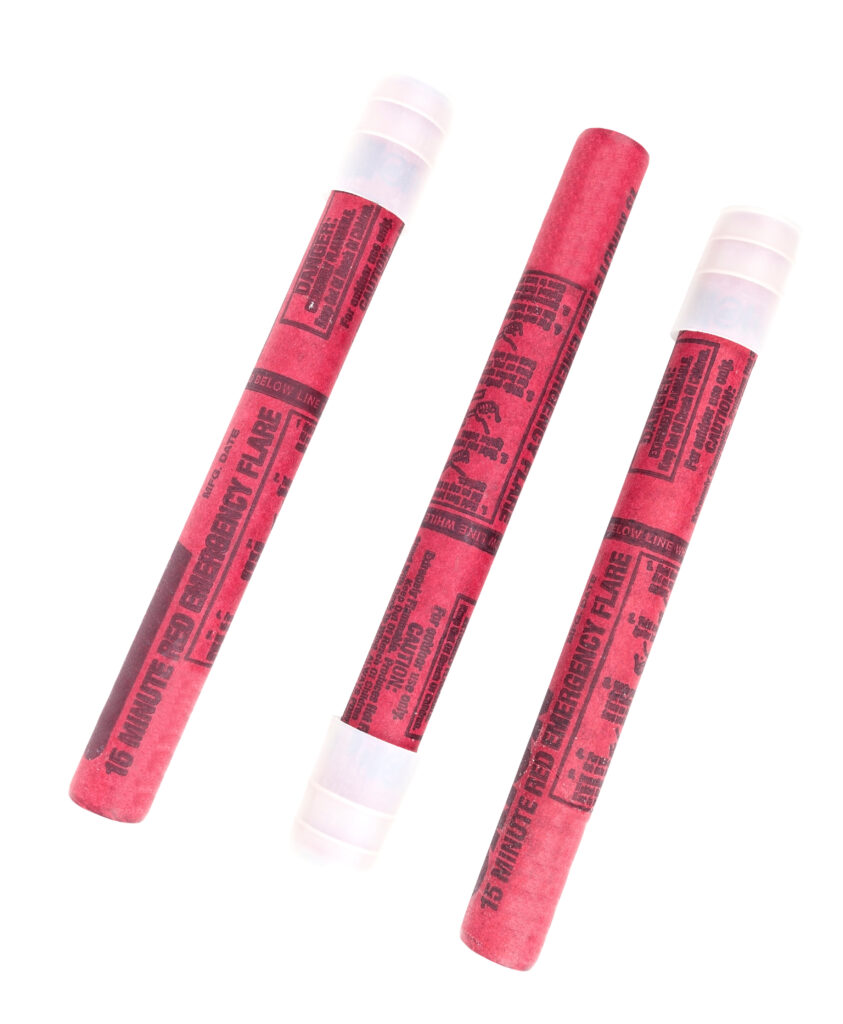
Reflective Warning Triangles or Road Flares: Increase your visibility to other drivers, especially at night or in low visibility conditions. You can also purchase rechargeable LED road flares for multiple uses. Plus, these usually included magnets, so they can be applied directly to your vehicle if needed.
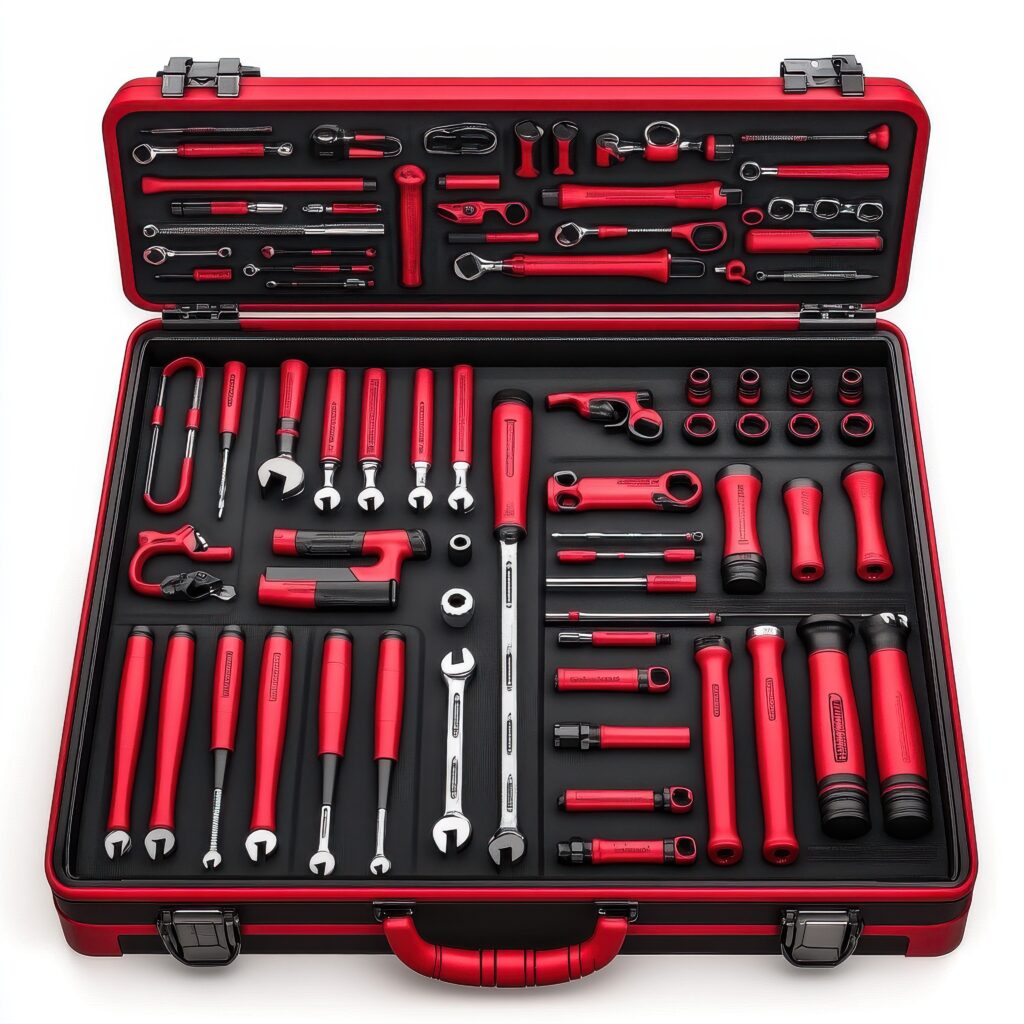
Basic Tool Kit: Make sure your tool kit includes work gloves, screwdrivers, pliers, a wrench, and duct tape.

Portable Air Compressor: A portable air compressor is handy for inflating a flat tire on the go. An air compressor like the Schumacher Electric 4-in-1 SL1562 features a 1200 peak amp jump starter, and an emergency light, and USB charging in addition to the 150-PSI air compressor for the ultimate in versatility.
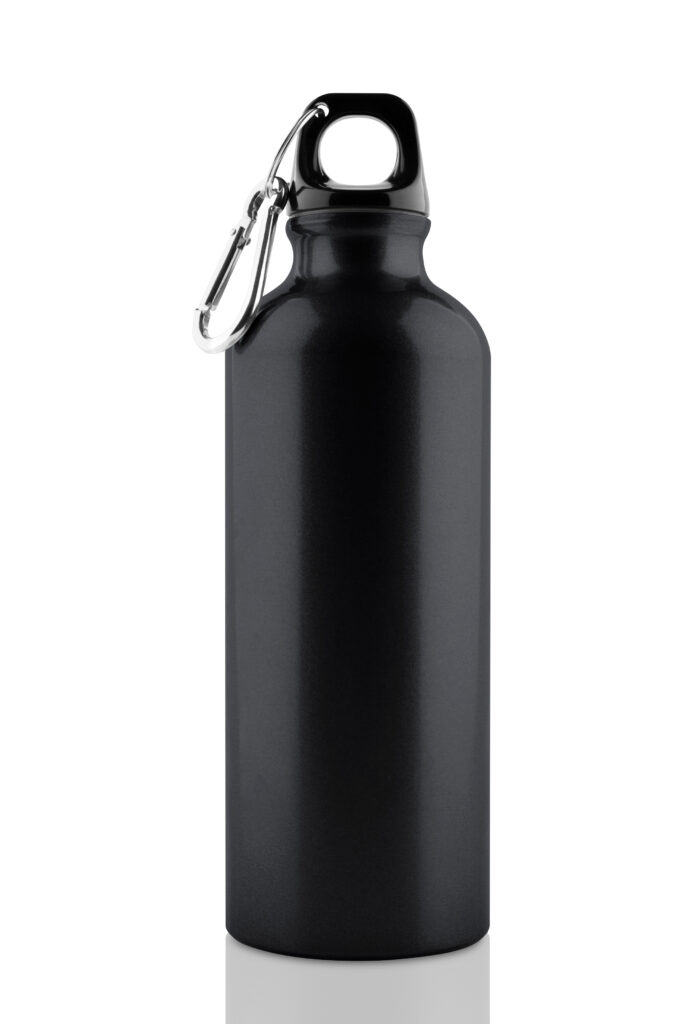
Non-Perishable Snacks and Water: Keep shelf stable items like energy bars and bottled water in case you find yourself stranded far from assistance.

Blanket: A compact thermal blanket is ideal for warmth during emergencies. A 12-volt heated blanket, such as the Schumacher Electric SA877 Heated Polar Fleece Lap Blanket, can provide added comfort.
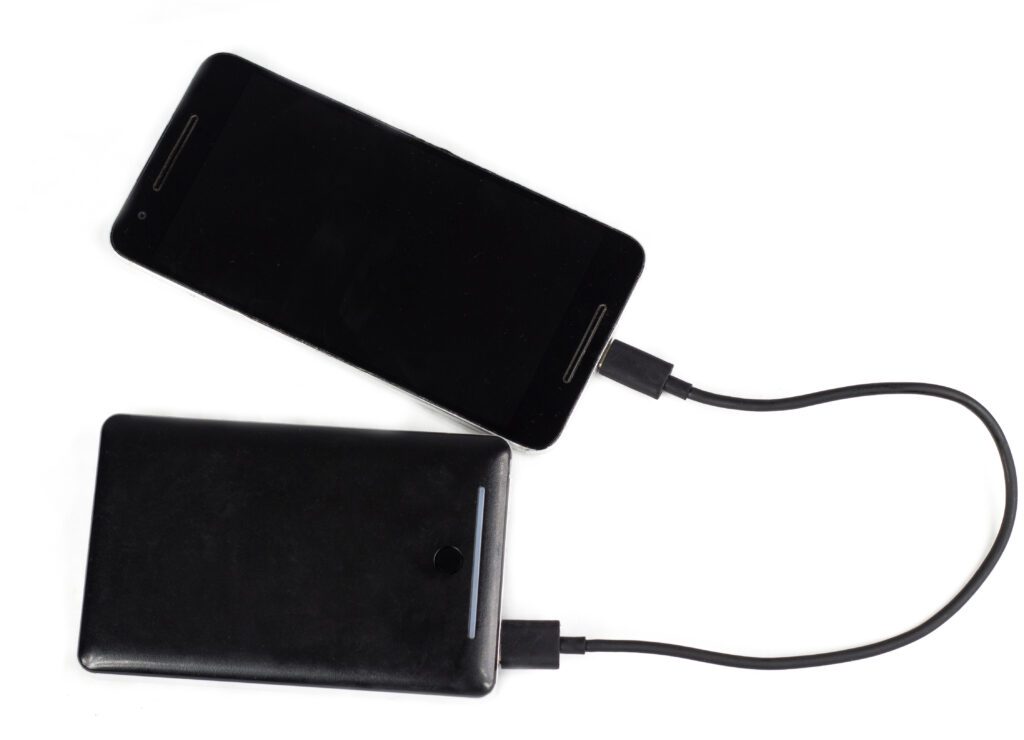
Emergency Phone Charger: While Schumacher Electric jump starters typically include USB and/or wireless charging, it is a good idea to include a dedicated power bank and charging cords for your devices.
Winter Emergency Kit Essentials
When temperatures begin to drop, it’s a good idea to incorporate some extra gear into your vehicle’s emergency kit.
- Ice Scraper and Snow Brush: An ice scraper will help you clear snow and ice from your windows to restore your visibility.
- Shovel: A compact, foldable shovel can help you free a car stuck in snow or ice. It can also be useful in sandy conditions.
- Sand or Cat Litter: It’s good to have a supply on hand, especially if you’ll be traveling through colder climates where snow and ice
isare frequent. Either sand or cat litter can be used for additional traction if you become stuck in ice or snow. - Hand and Foot Warmers: Disposable foot and hand warmers provide quick relief from the cold and can help you maintain a comfortable and safe temperature in your extremities.
- Thick Blanket or Sleeping Bag: One of your biggest challenges if you find yourself stranded during extreme cold is maintaining your heat. Heavy blankets or a sleeping bag can help you preserve your body heat in situations where you can’t use your vehicle’s heating system.
- Extra Clothing: In the winter, it’s a good idea to pack extra clothing such as gloves, hats, scarves, and socks. It allows you to replace wet items with dry clothing in emergencies
Summer Emergency Kit Essentials
- Sunblock: Protect yourself from harmful UV rays during roadside emergencies.
- Extra Water: Extreme heat can drastically increase your water needs. Add extra bottled water to your vehicle in case of breakdowns.
- Cooling Towels: These high-tech towels are designed to lower your body temperature, which can be lifesaving in extreme heat.
- Wide-Brimmed Hat: Provides shade while waiting for assistance or walking for help.
- Insect Repellent: Essential if you’re stranded in areas with mosquitoes or other pests.
Tips for Maintaining Your Emergency Kit
Once your kit is assembled, check the kit every few months to ensure you’re prepared for the unexpected.
- Check Expiration Dates: Regularly replace items like snacks, water, and batteries to ensure they’re usable when needed.
- Recharge Devices: Every three to six months you should check the charge level on your jump starter, air compressor, power packs, and any other rechargeable devices. Recharge if needed.
- Customize for Your Needs: Consider any specific requirements for your family, such as baby supplies or pet essentials. Reassess your family’s needs at regular intervals.
- Store Safely: Keep your emergency kit in a sturdy, waterproof container in an easily accessible spot, like the trunk or under a seat. Make sure it is well secured in the event of an accident.

